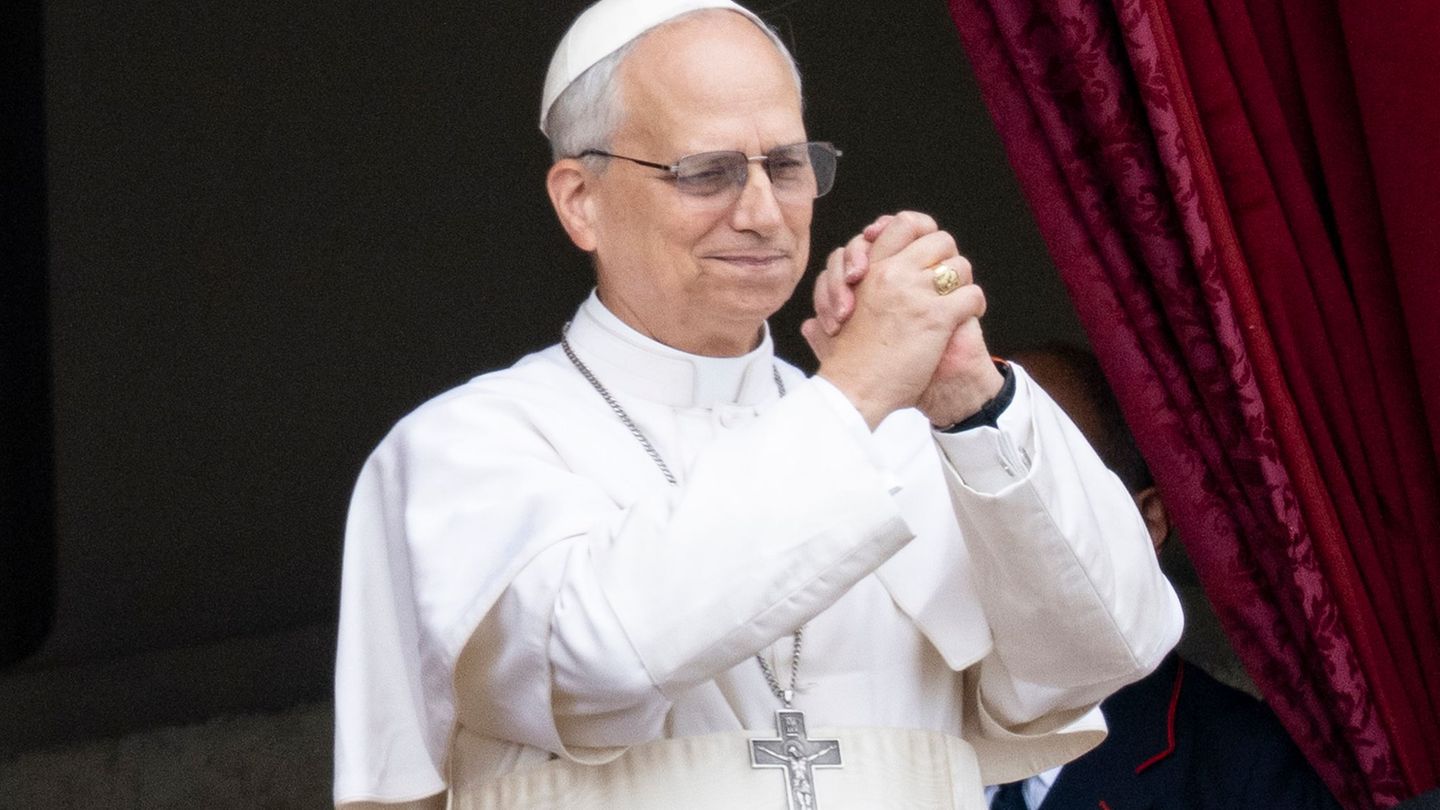The parallel dollars consolidated an incipient downward trend last week and the exchange gap with the official one fell to just over 100%. The implementation of the soybean dollar 4, the constant intervention of the Central Bank in the bond market, a clearer outlook regarding the agreement with the IMF and the highest interest rates in the last 30 years, stand out as the main factors that explain the stabilization of contributions. Analysts consulted by Ámbito consider that the income of dollars from the benefits to soybean exporters can bring greater calm in the short term, although they do not rule out periods of volatility as the general elections approach.
Last week, the CCL fell 3.5% to $741 and the blue dollar fell 2.7% to $710. For its part, the MEP, which was further behind as a result of the official intervention, had a slight increase of 0.4% to $673. This incipient stabilization occurred after in August financial dollars rose 24% on average and blue dollars 22% as a consequence of the strong volatility unleashed after the PASO and the 22% devaluation.
Economist Federico Glustein highlighted: “The decline in the CCL and the blue is due in part to the fact that the demand for foreign currency is being channeled through MEP. In itself, the difference between the CCL and the MEP ended up lowering the former, given that the MEP is subsidized, they keep it at bay and generate a distortion in the market. A similar thing happens to blue, so the decline is logical.”
Last Monday the soybean dollar started at 4, which accelerated the marketing of the oilseed and the liquidation. According to Ecolatina, settlements went from a daily average of US$40 million in the five previous rounds to US$90 million in the next two. And he estimated that total income could reach US$3.2 billion in September, which would imply a liquidation in the MULC of US$2.4 billion (75% of the total).
Thus, the BCRA accumulated US$200 million so far in September. He put together 19 rounds of net purchases for US$1,320 million. This improvement is relevant because the Government continues to use foreign currency to contain financial dollars, an operation that, according to Aurum Valores estimates, required approximately US$1.4 billion from August to the present. Likewise, the Central Bank maintains interest rates at 118% TNA and the IMF disbursement of US$7.5 billion cleared up part of the uncertainty about the agreement.
Perspectives
Fernando Baer, associate economist at Quantum Finance, analyzed the recent dynamics and possible next steps: “To some extent it was related to a certain relief that the IMF disbursement brought, the sharp rise in the interest rate since at levels of $805- $810 the CCL was extremely expensive from the perspective of its purchasing power. At current levels of $740 it is also expensive, but I think we are going to see more volatility going forward, especially the doubts that are being generated by the electoral process and its outcome.”
Likewise, Glustein considered that parallel dollars “will probably remain constant” given that the decline acquired these days has a basis in demand in other markets. “The CCL still has an important stretch to resettle, while the blue can match the MEP, which as long as it continues to be intervened, will deepen these gaps, even if the CCL and blue drop further. “Once intervention in MEP stops, the brake is released and it could go to $700 to set a new floor for financiers,” he projected.
For his part, economist Gustavo Ber stated: “The soybean dollar is starting to rise to 4 and this could extend the calm in the short term. Even so, as always, the advance of currency settlements would only be temporary as a ‘bridge’ to avoid shocks in this delicate transition stage. Given this, the ‘floor’ should not be far away – I estimate it could be around $700 – in the current climate of political and economic uncertainty, acceleration of inflation, monetary issuance and sustained search for coverage.”
Source: Ambito




